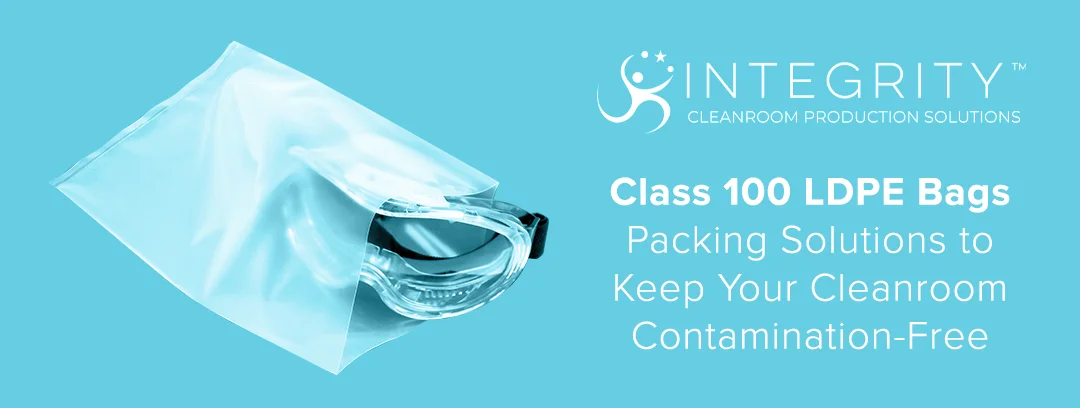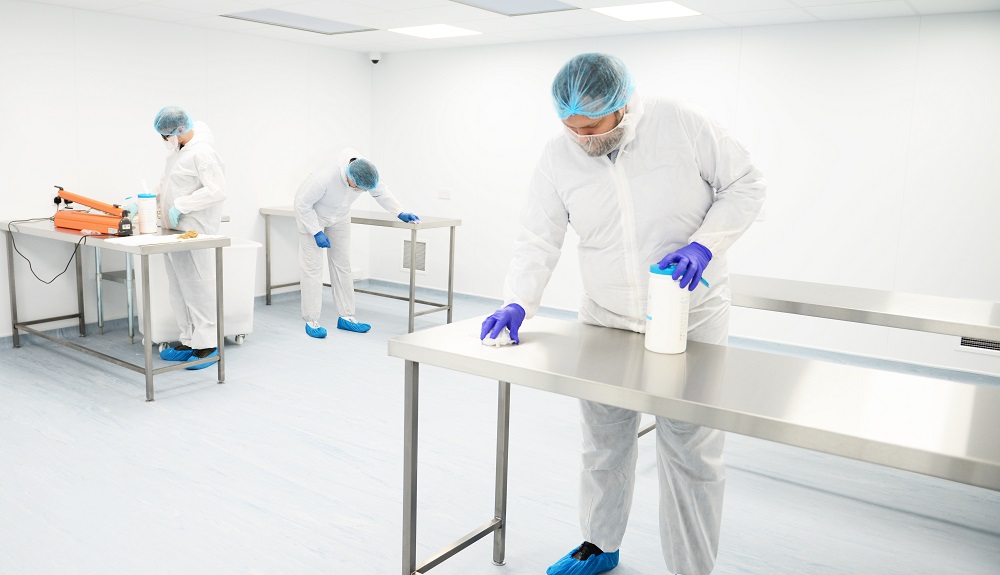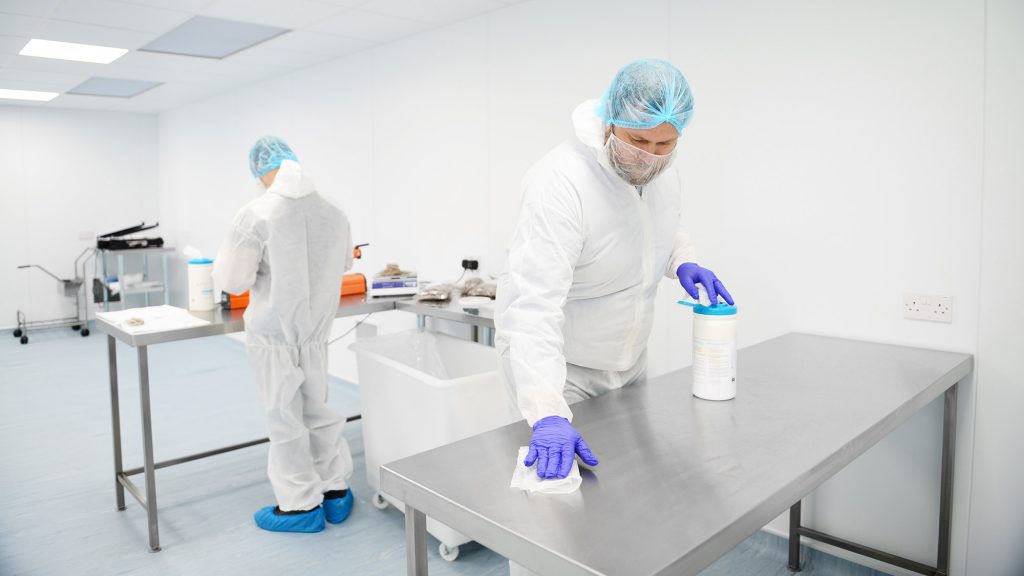Class 100 Cleanroom LDPE Bags – Reliable Packaging Solutions for Maintaining Cleanroom Integrity
In the field of contamination control, cleanroom packaging is crucial for ensuring the integrity and sterility of products in high-tech industries.
What is a cleanroom?
A cleanroom is a controlled environment where the concentration of airborne particles is regulated to specified limits.
Unlike ordinary environments, cleanrooms are meticulously designed to minimize the presence of pollutants such as dust, airborne microbes, aerosol particles, and chemical vapours.
These specialized spaces are crucial in industries where even the smallest particles can compromise product quality, safety, and performance, such as in Aerospace, Biotechnology, Electronics Manufacturing, and Pharmaceutical industries.
Cleanrooms are classified based on the number and size of particles permitted per volume of air. For example, a Class 100 cleanroom allows no more than 100 particles larger than 0.5 microns per cubic foot of air.
Maintaining such stringent standards involves advanced filtration systems, precise environmental controls, and rigorous operational protocols.
Common Cleanroom Standards
The most common ISO cleanroom standards (in order of cleanest first) are:
- Class 100 (ISO 5)
- Class 1,000 (ISO 6)
- Class 10,000 (ISO 7)
- Class 100,000 (ISO 8)
To know more on ISO standards and learning about Contamination Control, view our guide Part 1 – The Basics of a Cleanroom.
Cleanroom packaging such as our class 100 cleanroom LDPE bags play a vital role in maintaining the integrity of these controlled environments.
So, what is a cleanroom LDPE bag and what is it used for?
Class 100 Cleanroom LDPE bags are specialised cleanroom packaging solutions designed to meet the stringent cleanliness requirements of many different industries.
They can be used to store and transport items safely in and out of cleanrooms without the risk of potential contamination.
Their unique design and material properties ensure that they do not introduce airborne contaminants (i.e. do not shed particles or outgas). This makes them indispensable in industries where cleanliness is paramount.
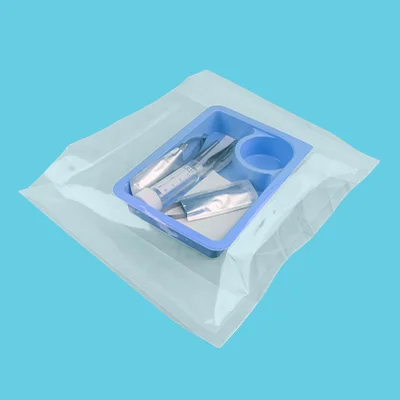
The material used for these bags is Low Density Polyethylene (LDPE), valued for its clean, non-contaminating properties, durability, flexibility, and resistance to water and chemicals.
Its low density also allows for transparent forms, reducing handling by making contents visible through the bag.
Our Class 100 Cleanroom LDPE Bags (ISO 5+) are manufactured in a certified controlled environment and engineered for use where minimal contamination is critical.
Choosing the correct bags helps protect the quality and performance of sensitive products while ensuring compliance with strict cleanroom standards.
Applications for cleanroom LDPE bags
Class 100 Cleanroom LDPE bags are used in a variety of applications where maintaining a contamination-free environment is critical. Some common uses include:
Aerospace
For protecting precision instruments and parts from particle contamination ensuring optimal performance, safety, and longevity.
Biotechnology
For handling and shipping biological samples and laboratory equipment where even small contaminants can affect results, maintaining the integrity of research.
Electronics Manufacturing
For packaging non static sensitive components and assemblies reducing the risk of particle contamination.
Pharmaceuticals
For storing and transporting equipment, medicines, and samples, preserving their quality and efficacy through stringent and effective contamination control.
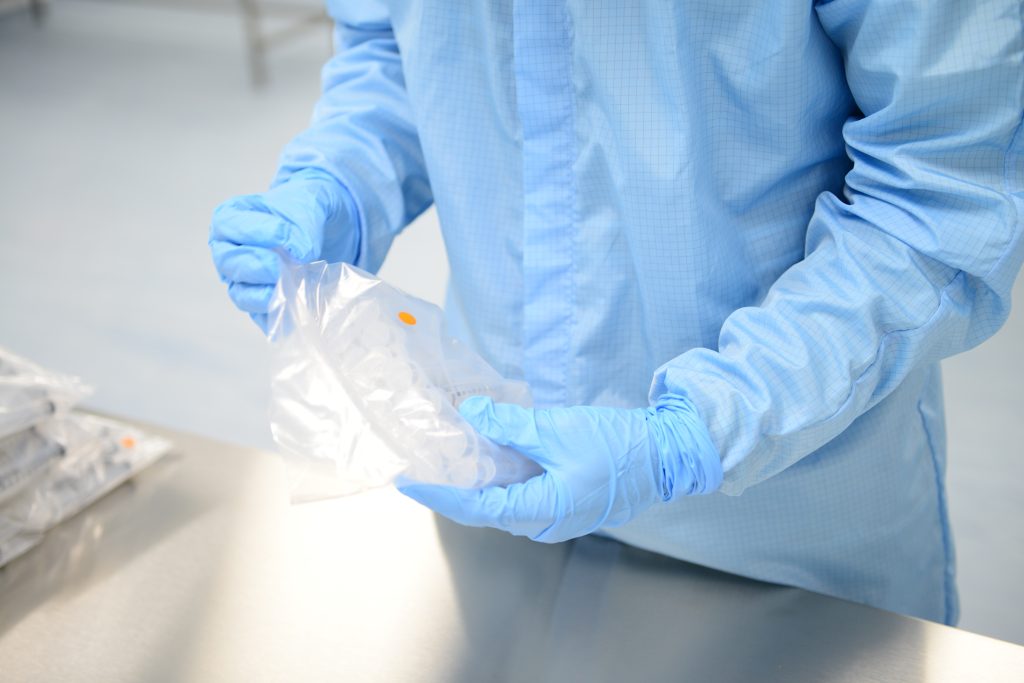
Conclusion
Cleanroom LDPE bags, play a vital role in maintaining the integrity of controlled environments. Their design and material properties ensure that they do not introduce contaminants, making them indispensable in industries where cleanliness is paramount.
By choosing the correct cleanroom packaging, you safeguard the quality and performance of your sensitive products and components, and ensure compliance with stringent clean room standards.
View our Class 100 Cleanroom LDPE Bags or visit our US site to purchase outside of the UK & EMEA
📞 Get expert advice today.
Contact our sales team on +44 (0)1473 836205
or email info@integritycleanroom.co.uk.
PUBLISHED 30/07/24,
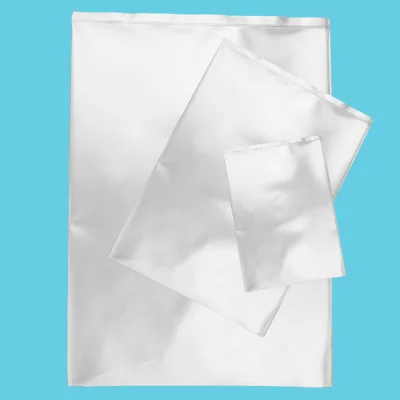
 +44 (0)1473 836 205
+44 (0)1473 836 205


